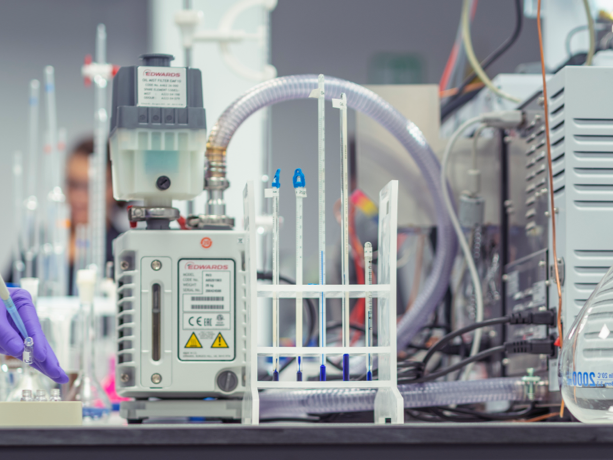Adding Nitrogen to Concrete Potentially Reduces Greenhouse Gas Emissions for the Construction Industry

According to the UN Environment Programme, the building and construction industry is responsible for approximately 37% of global greenhouse gas emissions, in particular due to the production of cement, steel and aluminium.
Thus, it’s vital for scientists, stakeholders, and researchers within the sector to prioritise various ways to reduce these emissions across the board.
For their contribution to the wider discourse, an international team of researchers based out of the University of Birmingham have explored the merits of mixing nitrogen into concrete as a way to reduce the total nitrogen oxide (NOx) emissions from within the industry.
Nitrogen dioxide (NO2) and other nitrogen oxides are a collection of incredibly reactive air pollutants that are often produced when fuels are burnt. However, they’re also made during the production of cement, a key component of concrete. Nitrogen oxides have a high potential for damage to human health, in addition to having serious environmental consequences including acid rain and ozone layer depletion.
In order to contain these emissions, the team has argued that concrete nitrogenation could be a viable solution – potentially contributing to a reduction of 3.4 - 6.9 megatonnes of NOx emissions. Put another way, that would work out at approximately six to 13% of total emissions (calculated from 2021 figures). By extrapolating this data, the team have predicted that nitrogen oxide emissions could be reduced by 131 - 384 megatonnes by 2050.
Ms. Ning Zhang, from the Leibniz Institute of Ecological Urban & Regional Development and first author of the paper, explains that ‘there is significant potential for concrete in capturing NOx.’ Not only does applying this technology have a potentially significant economic value in urbanising and newly industrial landscapes, it can also ‘curtail NOx pollution in those areas’.
Zhang adds that ‘the proposed nitrogenated concrete material presents a promising integrated solution for mitigating air pollution and managing construction waste in industrialised regions’.
Concrete nitrogenation is not without challenges however. The paper suggests that Europe, China, and the USA have a particular role to play as these areas are a mixture of well-established and newly growing industrial areas, and are the nations that need to be promoting a circular material economy.
There are also practical challenges surrounding the transport and processing of large amounts of nitrogen gas. As part of their conclusions, the team have suggested that the construction industry should use existing connections (used for concrete carbonisation) to make nitrogenation logistically feasible.
The Lab: home of superb materials handling
Research and materials investigation cannot start without having the appropriate samples on hand for testing. At The Lab, we understand how important the handling and preparation of any samples are to meeting the requirements of different testing methods – which is why we maintain a fully equipped facility to ensure the highest standards of materials handling.
Discover more about our sample handling and preparation capabilities online, or contact our team to arrange a no-obligation consultation with The Lab.
Find expert sample handling, preparation, and sectioning services today
For more information, the latest news, and industry insights, explore The Lab’s News and Knowledge Hub…
Researchers Explore Electrochemical Ozone Production on a Molecular Level | Can Solar Power Help Decarbonise Industrial Production? | Can Using Graphene Aggregate Make Better Concrete?
- Date
- 03/10/2024
